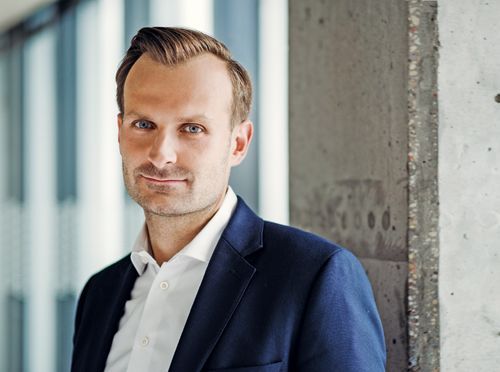Unsurprisingly, as with all EU law, compliance with the new legislation has not been 100 pct. Right now the Czech Republic and Slovenia are both being dragged before the EU court of justice for not having brought their legislation up to date. However, Poland has no cause to gloat as it too was hauled before the courts for similar non-conformity issues in 2014.
No choice
Nevertheless, developers themselves seem not to be too worried about the looming deadline. Adam Targowski, the sustainable development manager at Skanska points out that there is no choice but to comply: “You cannot sell something that does not meet legal requirements and it’s the same with a building. If you do not meet the minimum requirements you will not get a building permit.” He points out that in Hungary, many of the regulations were introduced too quickly, which just led to a state of confusion with no one being certain if they met the requirements or not.
“In Poland the regulations ha































































